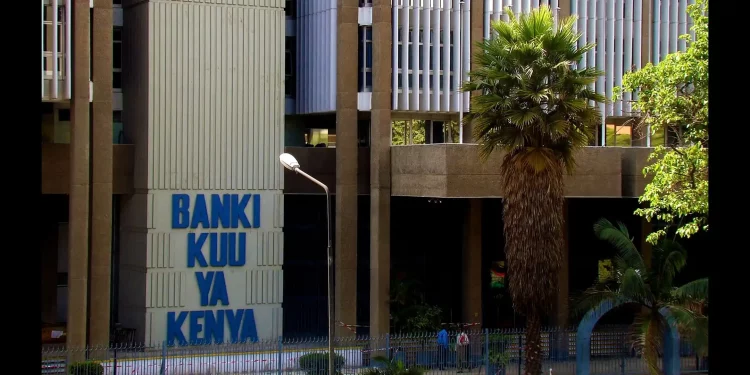This week’s T-bill auction in Kenya witnessed a notable shift, marked by the first undersubscription in four weeks. Such occurrences warrant a closer examination to decipher the underlying dynamics shaping investor behaviour and market conditions.
The undersubscription rate of 98.2% stands in contrast to the previous week’s oversubscription rate of 108.7% and the year-to-date (YTD) average subscription rate of 130.7%. This reversal suggests a recalibration of investor appetite, potentially influenced by a myriad of factors such as economic indicators, market volatility, and central bank policy stance.
Understanding the drivers behind this shift is imperative for stakeholders in the financial ecosystem. Despite the overall undersubscription, investors continue to exhibit a preference for the shorter 91-day T-bill, as evidenced by a robust oversubscription rate of 149.6%.
This persistent demand for short-term instruments underscores investors’ inclination towards liquidity and risk mitigation amid uncertain market conditions.
It also reflects a cautious approach towards longer-term commitments, possibly driven by apprehensions regarding future interest rate movements or economic stability, as evidenced by the 420.2% YTD subscription rate for the 91-day paper that is significantly higher than the 84.2% and 61.4% YTD subscription rates for the 364-day paper and 182-day paper respectively.
Yield movements across different tenors provide valuable insights into market sentiment and risk perceptions. The marginal increase in the yield of the 91-day paper suggests a slight uptick in perceived short-term risk or an adjustment to align with prevailing market conditions.
Conversely, the marginal decreases in the yields of the 182-day and 364-day papers indicate a potential easing of longer-term risk perceptions or adjustments driven by changes in market dynamics.
Despite the undersubscription, the government accepted a substantial portion of the bids received, with an acceptance rate of 98.9%. This indicates the government’s strong demand for funds as well as its ability to navigate evolving market conditions effectively.
However, it also raises questions about the sustainability of such high acceptance rates in the long run, especially amidst evolving fiscal challenges and global economic uncertainties.
As stakeholders assess the implications of these developments, a proactive approach towards risk management and strategic decision-making remains paramount in ensuring resilience and stability in the face of uncertainty.


















